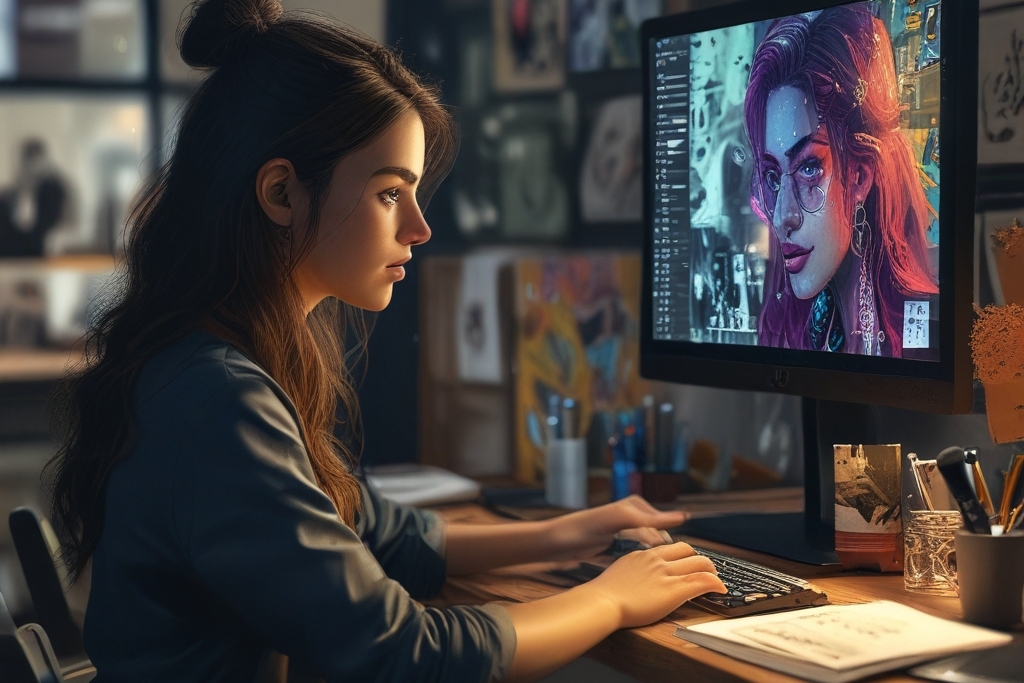Expert Tips for Creating Lifelike 3D Avatars
Learn how to create stunning and realistic 3D avatars with expert tips. This guide covers essential skills like modeling, texturing, rigging, and animation, along with recommended tools. Emphasizing ethics and inclusivity, it helps you craft diverse, respectful digital characters suited for gaming, social media, and virtual environments. Perfect for artists and developers seeking to elevate their 3D avatar creation process ethically and efficiently.
Sponsored

Designing a high-quality 3D avatar combines artistic talent, technical skills, and innovation. Whether for gaming, virtual meetings, social platforms, or animations, a visually appealing avatar can leave a lasting impression. This guide shares essential strategies to craft impressive 3D avatars ethically and in line with advertising standards. Let’s explore the key steps.
Fundamentals to Know
Modeling — Building the 3D structure of your character.
Texturing — Applying colors, patterns, and materials for realism.
Rigging — Adding a skeleton for movement.
Animation — Creating lifelike motions and expressions.
Tools and Software
Blender — Open-source program for modeling, texturing, and animation.
Maya by Autodesk — Industry-standard for detailed 3D creation.
ZBrush — Known for advanced sculpting capabilities.
Unity or Unreal Engine — Ideal for integrating and animating game characters.
Pro Tips for Creating Outstanding 3D Avatars
Idea and Planning — Visualize your concept through sketches to plan features, personality, and proportions.
Start Simple — Use basic shapes (low-poly models). Build complexity gradually for easier adjustments.
Prioritize Anatomy — Know the anatomy of your character to ensure realistic movement. Use reference images for accuracy.
Use Symmetry — Mirror one side of the model to save time and ensure symmetry.
Layer Details — Focus on refining muscles, facial features, and textures after establishing the basic shape.
Careful Texturing — Apply high-resolution textures and materials, considering lighting effects. Hand-paint details when necessary.
Rig for Realism — Proper rigging involves adding bones and skinning for natural movement and deformation.
Fluid Animation — Use keyframes and reference motions for smooth, natural movements. Study motion capture data if available.
Test and Improve — Regularly review your avatar for glitches or unnatural motion, refining iteratively.
Ethics and Respect in Design
Cultural Awareness — Respect cultural symbols and avoid stereotypes.
Inclusivity — Represent diverse genders, ethnicities, and body types.
Privacy and Consent — When creating avatars based on real individuals, ensure consent is obtained.
Crafting a compelling 3D avatar melds creative artistry with technical prowess. By following fundamental principles, using the right tools, and maintaining ethical standards, you can produce engaging, respectful digital characters. Happy designing!





